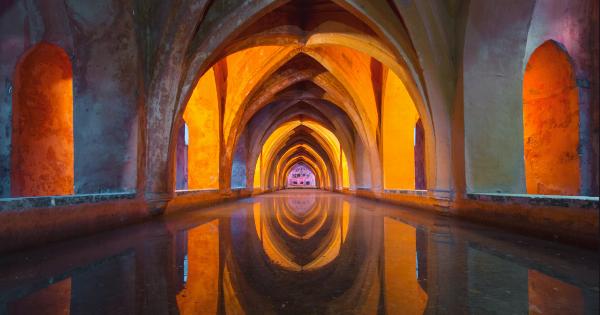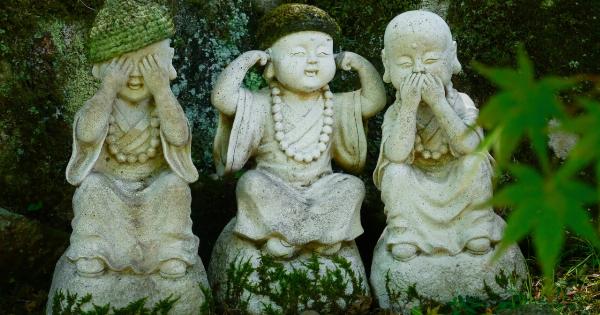Urinating or peeing is a natural and essential process for our body. However, you may have noticed that the color of your pee varies from time to time.
It could be a pale yellow or amber color, or it could even be different shades of yellow, orange, green, blue, or even red. The color of your urine can tell a lot about your health, hydration level, and even the types of food you eat.
What Is Urine?
Urine is a liquid waste product that is produced by our kidneys and eventually expelled from our body through the urinary system. It is made up of water, electrolytes, and other waste materials that are filtered out by our kidneys from our blood.
These waste materials can include urea, creatinine, and uric acid, among others. The kidneys extract these substances from our blood and excrete them as urine out of the body, along with excess water and electrolytes.
What Affects the Color of Urine?
The color of urine can be affected by several factors, which include:.
- Hydration level: The color of your urine can be a good indicator of your hydration level. Dark yellow or amber color urine usually means that you are dehydrated, while pale yellow or clear color urine means that you are well-hydrated.
- Diet: Some foods and drinks can affect the color of urine. For example, consuming beetroot, blackberries, or rhubarb can turn your urine reddish or pinkish. Eating asparagus can cause a strong odor in your urine.
- Medications: Some medications or supplements can also change the color of your urine. For example, taking vitamin B supplements can turn your urine bright yellow, while some antibiotics can turn it dark yellow or brown.
- Medical conditions: Certain medical conditions can cause changes in the color of your urine. For example, liver disease can cause dark urine, while a urinary tract infection (UTI) can cause cloudy or bloody urine.
The Color of Urine and What It Means
The chart below shows what the color of your urine can mean:.
| Urine color | What it means |
|---|---|
| Pale yellow to amber color | Normal, well-hydrated |
| Dark yellow, amber, or honey color | Dehydration, drink more water |
| Clear color | Overhydration, too much water intake |
| Red or pink color | Blood in urine (hematuria), may be caused by UTI, kidney stones, or prostate problems |
| Blue or green color | Rare condition caused by genetic defects or excessive consumption of certain foods or dyes (e.g., asparagus, food coloring) |
| Brown color | Possibly caused by liver disease, dehydration, or certain medications |
| Cloudy or milky color | May be caused by a UTI, kidney stones, or other medical conditions |
| Strong odor | May be caused by certain foods or medications, dehydration, or medical conditions (e.g., UTI, kidney stones) |
When to See a Doctor
While minor changes in the color of your urine may be normal and harmless, some changes may be a sign of a medical condition that requires treatment. You should see a doctor if you experience any of the following symptoms:.
- Persistent dark yellow, amber, or brown color urine
- Cloudy or milky color urine
- Red or pink color urine
- Blood or blood clots in urine
- Strong odor in urine
- Pain or burning sensation while peeing
- Increased frequency or urgency of urination, especially if it is accompanied by fever, chills, or lower back pain
- Sudden onset of urinary incontinence or inability to urinate at all
Your doctor may perform various tests to determine the cause of these symptoms, including urine analysis, blood tests, imaging tests (e.g., ultrasound, CT scan), or cystoscopy (a procedure where a thin tube with a camera is inserted into the urethra to view the bladder and urethra).
Conclusion
The color of your urine can tell a lot about your health and hydration level. While minor changes in urine color may be normal and harmless, persistent changes or other symptoms may be a sign of a medical condition that requires treatment.
If you experience any of the symptoms mentioned above, you should see a doctor to determine the cause and receive appropriate treatment.

























